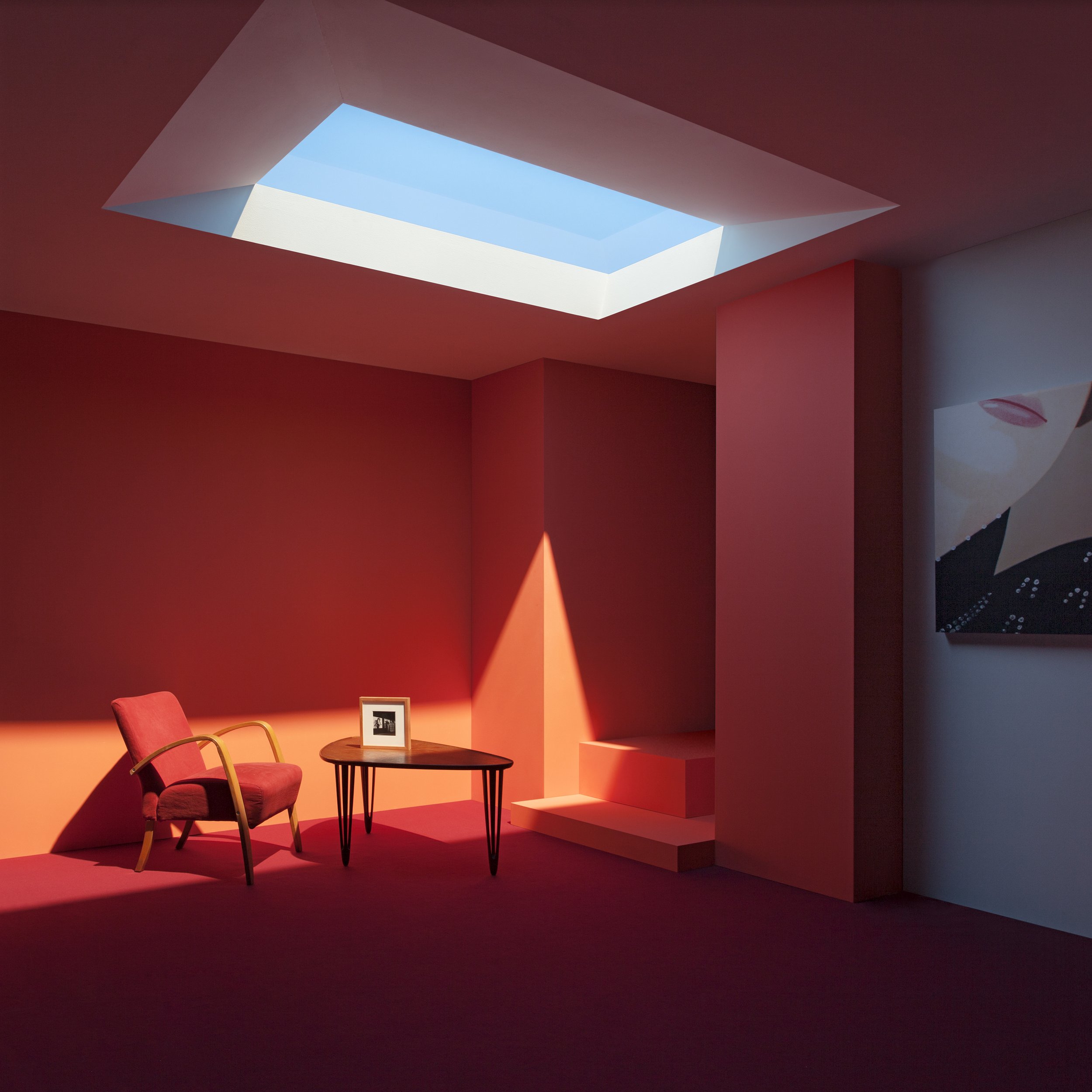Wellbeing & Technology: Rethinking the Digital Detox
In a world shaped by screens, notifications, and nonstop connection, the concept of a digital detox often feels idealistic. However, it’s rooted in valid concerns. Excessive screen time, blue light, and digital stress all can affect sleep, mood, and overall well-being.
But increasingly, the story isn’t about rejecting technology, it’s about evolving it. Today’s innovations don’t just coexist with wellbeing; they actively promote it. The relationship between wellbeing and technology is being redefined. Technology is shifting from distraction to restoration, from immersive skylights to responsive digital windows.
From Escape to Integration
What if tech could restore, not disrupt?
LiquidView digital windows exemplify this shift. As highlighted in AVIXA’s report, these ultra-high‑definition digital windows don’t simply show scenic imagery; they simulate the presence of real windows that can give similar health benefits to real windows.
LiquidView’s unique system has an expanding view library from locations around the world, where the length of daytime and nighttime changes slightly each day to match the sunrise and sunset of where they are installed, to align with circadian rhythms. The 24-hour views are shot with 8K motion picture cameras (the same system used in the new “Mission Impossible” film) and have stereo sound design to produce the content so good it “tricks the brain” into thinking it is real.
Research from institutions like Stanford has shown that digital windows can reduce stress indicators, such as heart rate and reduces electrodermal activity, by nearly 46%. These effects have been replicated across various settings, from hospitals to offices, where connection to nature is limited or non-existent. The result is a calming visual experience that supports emotional wellbeing and cognitive performance.
Light That Feels Real
CoeLux skylights combine science and design to create an astonishing illusion of real sunlight and sky. The system uses a combination of LED lighting, optical systems, and nanostructured materials to reproduce the Rayleigh scattering effect. This atmospheric phenomenon makes the sky appear blue and sunlight feel directional on Earth.
CoeLux’s patented optical technology recreates the interaction between light and atmosphere within a compact architectural module. It emits light with the intensity, warmth, and spatial properties of natural sunlight, perceived as coming from an infinite distance above. The result is a genuine sense of depth, time-of-day, and realism that goes far beyond conventional overhead lighting.
Critically, the physiological and psychological effects are measurable. Exposure to naturalistic light, like that produced by CoeLux, has been linked to enhanced mood, productivity, circadian alignment, and even faster recovery in clinical settings. It doesn't just simulate sunlight, it taps into the body's evolved responses to it.
A New Philosophy of Living
These innovations invite a new mindset around wellbeing and technology. The goal is no longer to disconnect from technology completely; it’s to design it better. When technology is human-centred and emotionally intelligent, it becomes something that enhances rather than interrupts our lives.
We're moving from a culture of digital detox to one of digital intention. In these spaces, screens soothe rather than stimulate, light supports rather than disrupts, and the built environment becomes a platform for wellness, powered by thoughtful innovation.
In the next generation of homes, offices, and care environments, technology won’t be something we retreat from. It will be something that helps us feel more alive, more present, and more at ease.
Experience it for yourself
LiquidView digital windows and CoeLux skylights are exclusively on display in the UK at the Ideaworks Experience Centre in London. Book a private visit to see them in action and discover how these technologies can transform your environment and support well-being. Come see for yourself.






